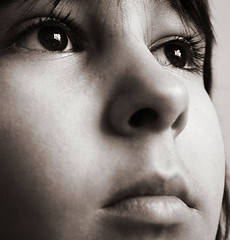
Image: iStockphoto
Despite our inclination to believe equality within a team or group is important, new research suggests that a built-in hierarchy leads to fewer group conflicts and higherproductivity
The research finds a team or group with all high-performers will not outperform teams or groups with an established hierarchy. Teams in which everyone has high power are likely to experience elevated levels of conflict, reduced role differentiations, less coordination and integration, and poorer productivity than teams with a broader distribution of power and status.
The new study, published online in Psychological Science, a journal of the Association for Psychological Science, was conducted by Adam Galinsky of the Kellogg School of Management at Northwestern University; Richard Ronay of Columbia University; Katharine Greenaway of University of Queensland; and Eric M. Anicich of Columbia University.
The study confirmed the researchers’ theory that “there will be greater conflict with all high-power individuals as each member jostles to take control,” thus undermining group performance.
“We found that a clear hierarchy, division of labor and patterns of deference reduce conflict, facilitate coordination and ultimately improve group productivity,” said Galinsky, Morris and Alice Kaplan Professor of Ethics and Decision in Management at the Kellogg School. “On the other hand, when there are too many leaders or too few followers, group performance suffers.”
The research illustrates how the composition of a group ? from sports teams to corporate work teams to political groups ? affects the way the group functions. When a group requires lots of coordination, such as when performing tasks that call for interdependence among the group members, hierarchy wins out. This is the first study that manipulated overall levels of hierarchal differences in groups and measured the effects on group productivity.
“Despite the overt appeal of egalitarian social structures, there remains an enduring implicit preference for hierarchy,” Ronay said. The study suggests that this preference has its roots in “the utilitarian value of distributed power.”
The authors found similar findings among animals, as well. Previous studies discovered egg production among chickens declined when all the high-producers were placed together. Citing this example, the authors note that “pecking orders, it seems, are not just for the birds.”
Two Experiments
In the first experiment, 138 undergraduate students were randomly assigned one of three experimental conditions (high-power, low-power, baseline) and organized into same-sex teams of three high-powered participants, three low-power participants or teams with one high-power, one low-power and one baseline. [continue reading…]


